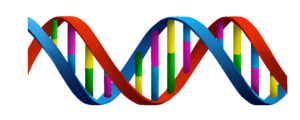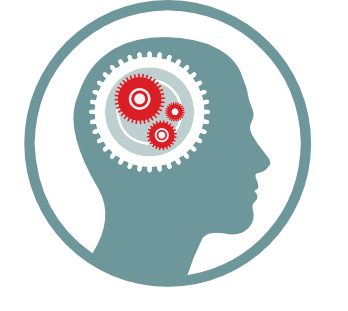Whenever people talk about “creativity” they may think they are referring to roughly the same thing. This however may be an illusion. There are quite different views on which types of creativity exist, and the differences do matter. But taking Life as the Lens is the solution, as always.
 (hint)
(hint)
Recently I professionally engaged in a discussion about creativity. The starting point had been how to define it. After the discussion we agreed that this would be a futile route. Trying to define creativity might very well be completely contrary to its strength, There are different forms of creativity and they all have their merits.
Which creativity?
So, what are these different types of creativity? Without wanting to go in a super academic discussion at all, I was recently triggered by this article titled “Educating which creativity?” discussing the confusion about this exact question. The confusion may arise in education as well as in organisations.
In short, it distinguishes three separate types of or even views on creativity. While clearly representing different emphases and having different roots, these views should not be seen as mutually exclusive:
- The Artist view, emphasising divergence, originality and novelty (not the same!)
- The Inventor view, emphasising problem solving, practical value and utility
- The Crafts person view, emphasising experimentation, discovery and context
It is not difficult to see how these views can in fact complement each other, rather than one being superior to the other. To ironically get this discussion inside the box (…) I suggest to add a 4th element, being Interpretation.
For fun: creating the box
All of the above is still about the contents. But we also need the human element, i.e. people. And when people enter the equation, the interpretation they choose is not fixed. For better more than for worse. Even more so, contemporary creativity is not limited to individuals but also groups in all kinds of configurations. So this is the 4th element: Interpretation.
As discussed before elsewhere and of course on this site, I clearly see an analogy with another concept that is essential for human life, and in fact all life, for which 4 elements are essential. Yes dear readers, it’s the number of bases in DNA. 4. So once again, as it turns out, it takes 4 to Tango. Performing the seemingly free-form but secretly highly structured dance of life.
Back on the floor
Back with our feet on the floor, what might be the key take-aways here? Firstly,: if you talk about creativity, it is relevant to consider what type you are referring to to make sure you are on the same page as your partner in dialogue. Secondly, while the differences are non-trivial, all views are relevant,.Thirdly, by realising that human interpretation ties everything together, we once again reach the conclusion that Creativity and Life are linked as much as the DNA strands that a double helix is made of.
Almost the same version of this blog was published on my blog-space on Medium, which toy are welcome to visit as well.
